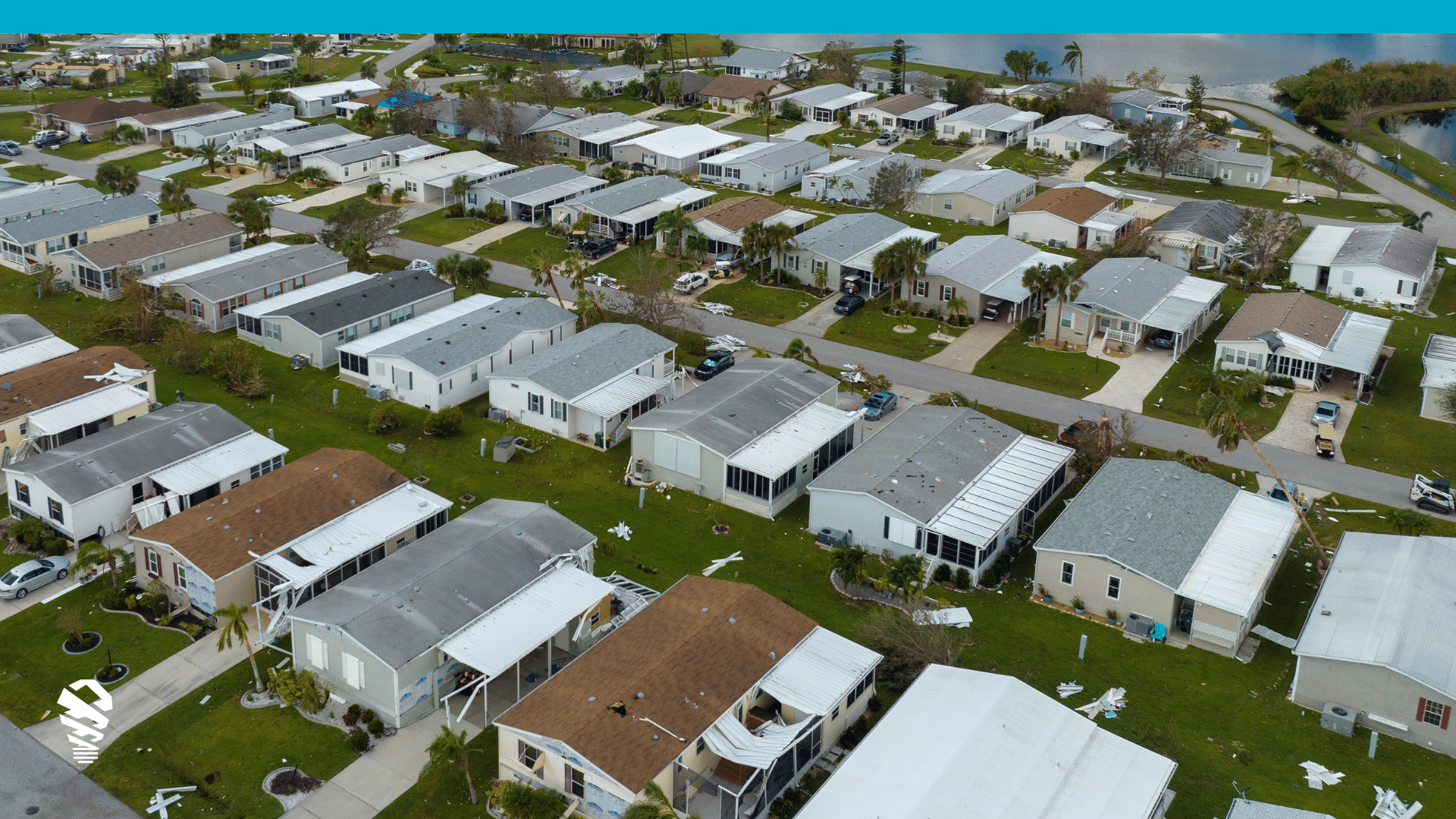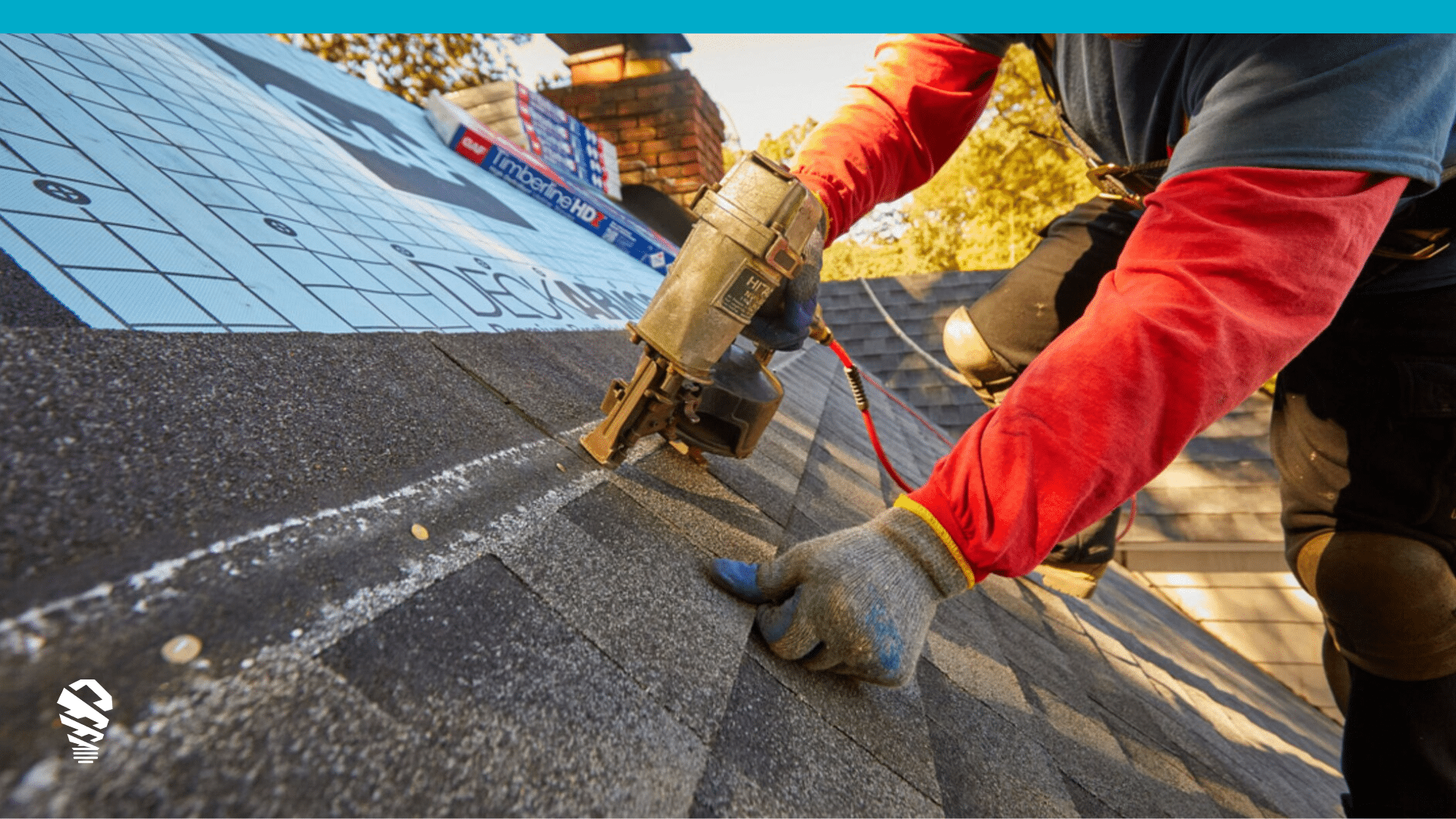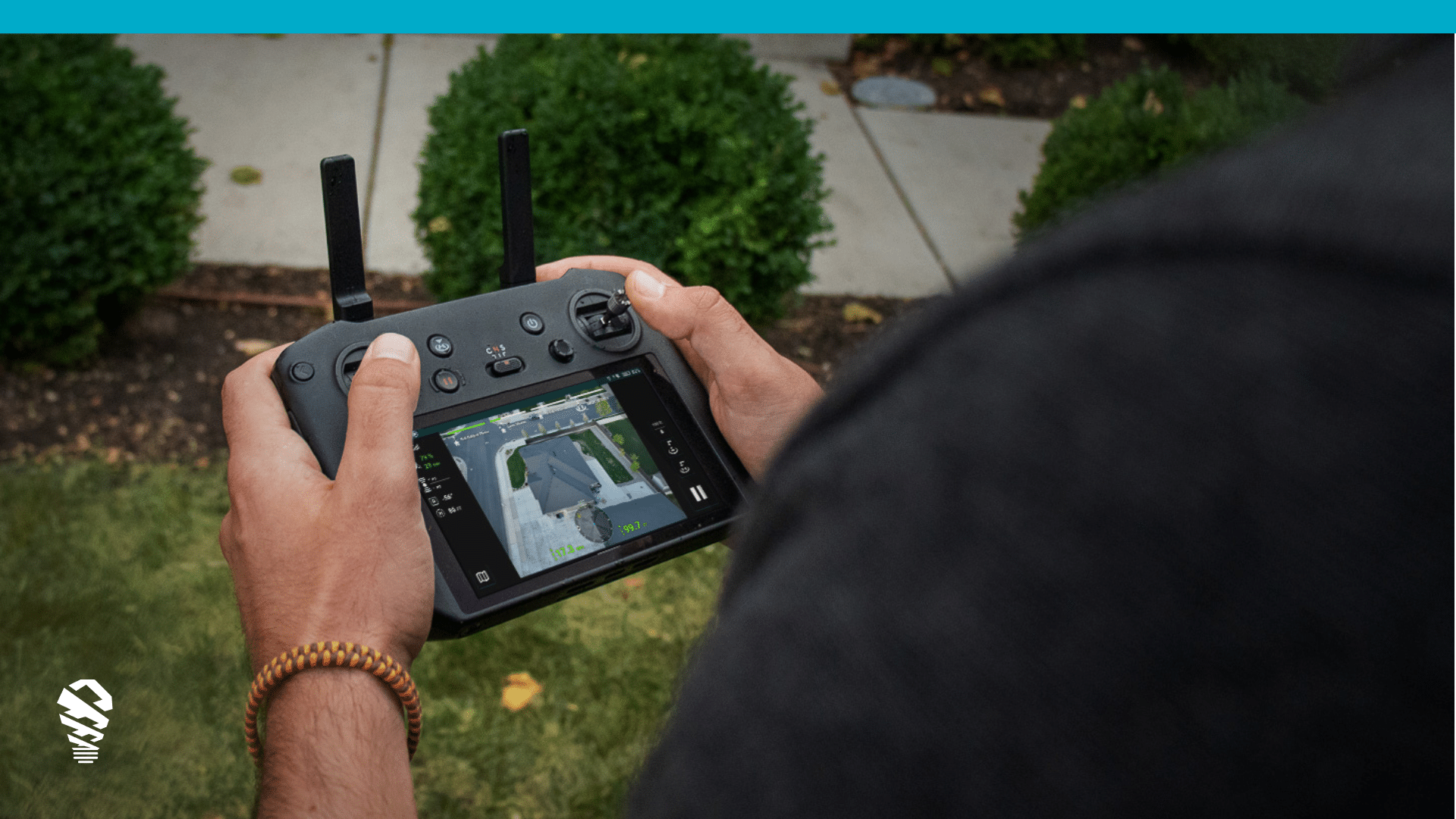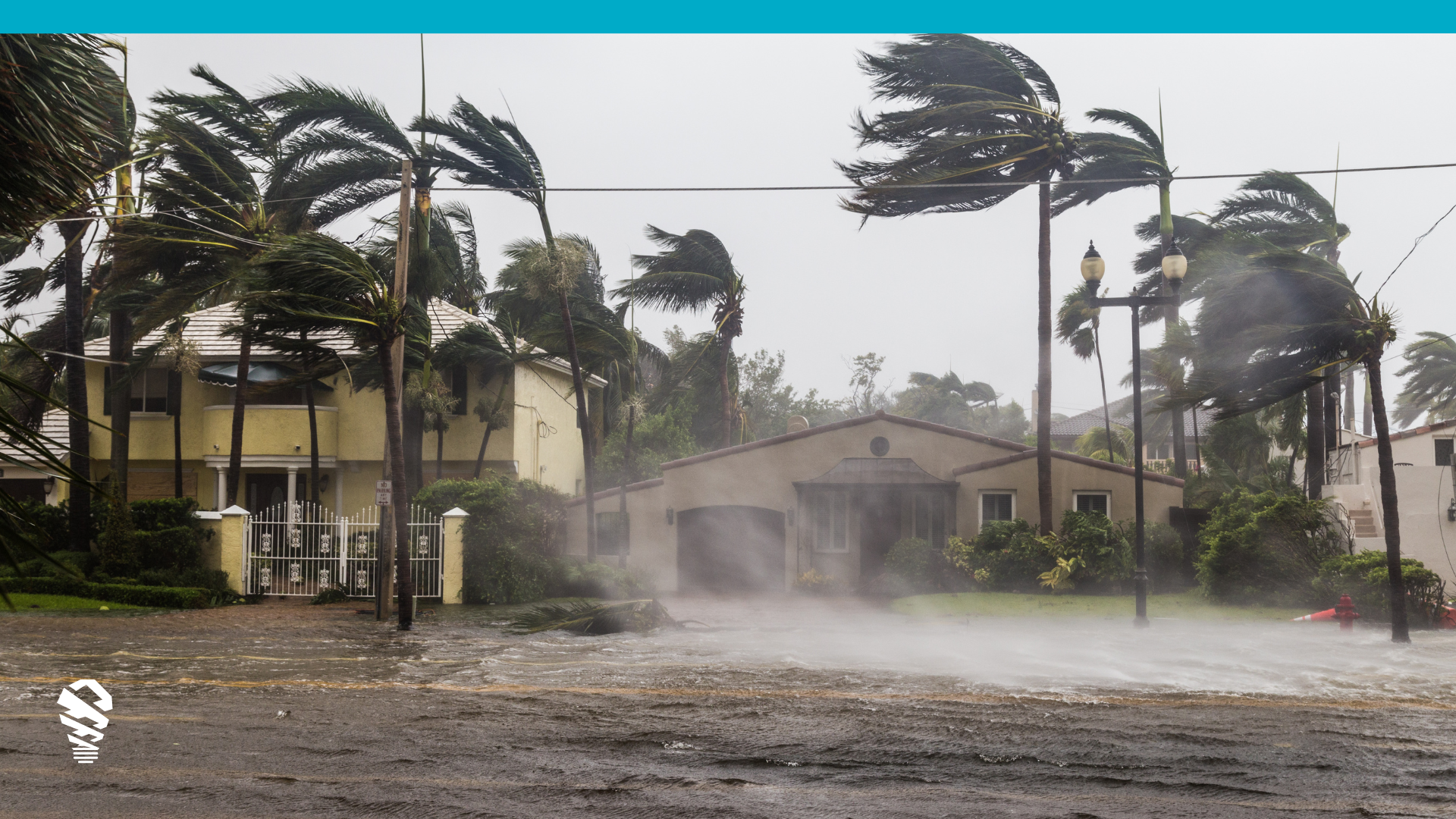In our last post, we offered some advice on how to choose a drone inspection solution that’s scalable. In this post, we’ll look at how to take the solution you’ve selected and get it in the hands of hundreds –even thousands of users, quickly and effectively.
A successful drone rollout plan will take a few things into consideration, but in general, here are some steps you can follow.
- Find a Program Manager
Getting hundreds of people started with a new solution isn’t something that can happen on its own. You’ll need someone to manage the process and make sure everybody adopting the new solution understands the new tools and can put them to work. This person will solve problems for new users, manage the purchasing process, and might even be responsible for managing fleet maintenance programs, and measuring ROI. Whether this is someone you already have on staff or a new hire will depend on how large your drone program is going to be, and what the specific focus is.
Note also that the program manager will be responsible for not only evangelizing new tech, but determining exactly how to use the technology for which insurance functions. Will there be a program for both underwriting and claims? Is there a use case for fraud, subrogration, or other areas? Program managers will need to consider various workflows for the different drone use cases your company might have.
- Start with a Test Program
While at this point you’ve probably selected a drone solution, you can’t invest in hundreds of drones without testing a small group first. The best way to ensure a drone solution really meets your needs is to test it with a smaller pilot program first. This lets you evaluate with much less risk than a larger rollout. By testing a solution against criteria like manageability, ease of use, speed, accuracy, and more, you can see whether a solution sounds great on paper or actually works well in action.
- Create a Rollout Plan for Wider Adoption
You may want to get drones in as many hands as possible right away, but a better approach is to rollout drones little by little, starting one office or one region at a time. This lets you continue to tweak and refine the various process involved (we get to these below), so that as the program grows, the process becomes more efficient and refined. If for some reason something isn’t working, it’s much easier to solve a problem for a few people than it will be to solve problems for hundreds of adjusters across the nation.
- Get Certifications
The Federal Aviation Administration (FAA) regulates drone usage in the United States and requires that anyone flying a commercial drone be Part 107 certified and carry a remote airman’s certificate. This means before your adjusters can fly, you need a way to get them all certified. There’s a vast number of resources available, but the best way to get hundreds of people certified quickly is to get them access to online or classroom training. Some solution providers (ourselves included) provide access to online training as part of their solution so new drone pilots can study and get certified within about a week or even faster.
- Complete Software Training
Part 107 training is necessary to fly commercially, but you’ll also need adjusters to fully understand how to use the drones and the software that runs them. Most vendors provide some sort of online training program to help adjusters understand their solutions so they can start completing more effective inspections without delay.
- Create Workflow for Assignments and Review
Once inspectors have the proper certifications and understand how to use your drone solution of choice, there’s still a matter of developing a workflow process. Who will create assignments for field adjusters? Are adjusters going to be responsible for tracking maintenance records and flight logs? Once inspections take place and images are gathered, what happens next and how do those images fit in with your current process? A great thing about using a drone solution made for insurance is that some of these questions are easy to answer because they’re already built to work with processes you already use. In any case, taking the time to determine where drones fit with the rest of the claims process is an important step to making sure drones are an effective tool.
- Get the Hardware and Put it to Work
Next, you need to source all the hardware, software, and accessories you’ll be using. Your experience will vary from vendor to vendor, but ideally, you’ll be working with a vendor that provides you everything you need in one neat package. If this is the case, getting set up is as simple as placing an order and having your equipment shipped to adjusters. If it’s not, you might have to create a checklist of all the items you need and begin an arduous process of collecting everything an adjuster needs and sending it out to them. Once adjusters have what they need and get set up, they can start flying and taking advantage of the benefits of drone flights.
- Keep Records and Maintain Your Fleet
Once you have hundreds of drones out there, you’ll want to make sure they’re all working in tip-top condition. Part of a good maintenance plan includes keeping track of flights, scheduling regular maintenance, ensuring drone, controllers, and software all are up to date, and creating a repair program for field drones. You don’t want adjusters without their new tools, so be sure to have extras around you can send them when there’s ever a problem. Note that depending on the vendor, things like software updates and certain kinds of maintenance might be handled on their end to make it easy for you. Be sure to discuss maintenance best practices with your vendor of choice.
Conclusion
With storms likely to continue to get stronger and wetter, the insurance industry needs better, faster methods of completing their jobs so homeowners can get their lives back together. Drones are at least one new tool for the insurance toolkit that helps inspectors improve their processes and help more people faster – even in the face of incredible volumes of claims.
Curious about how we make large-scale drone operations easy? Take a look.








